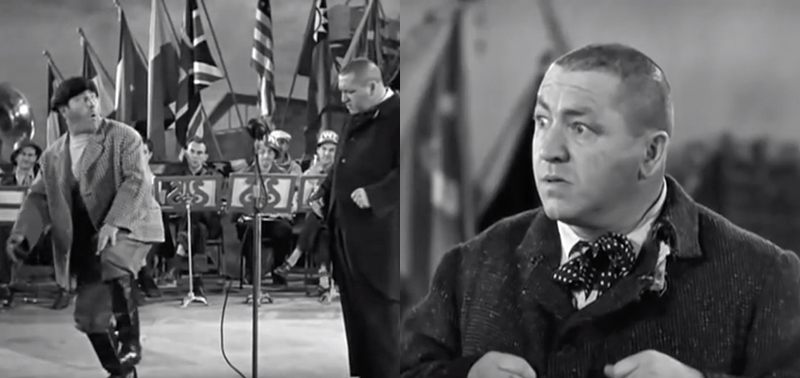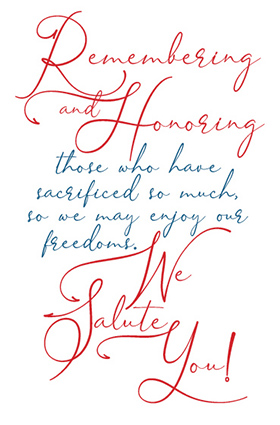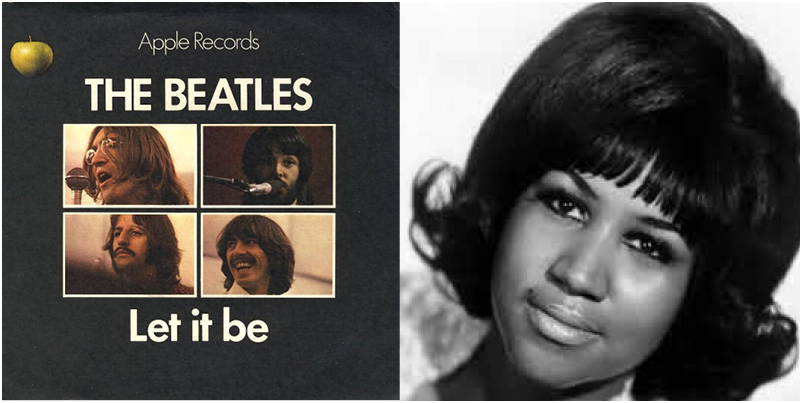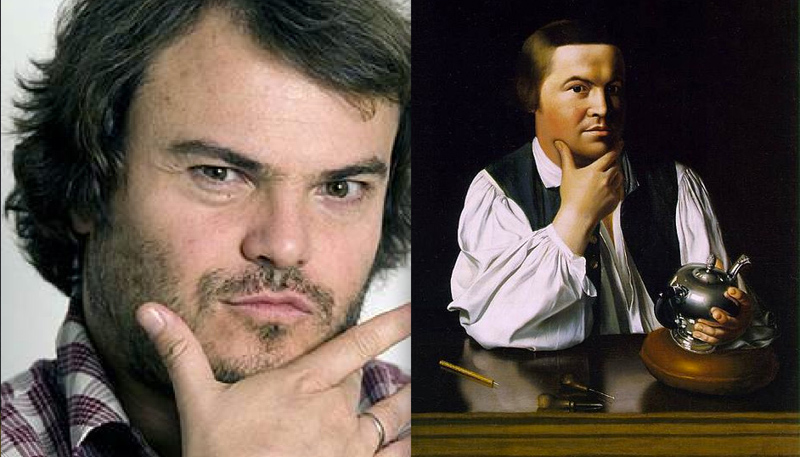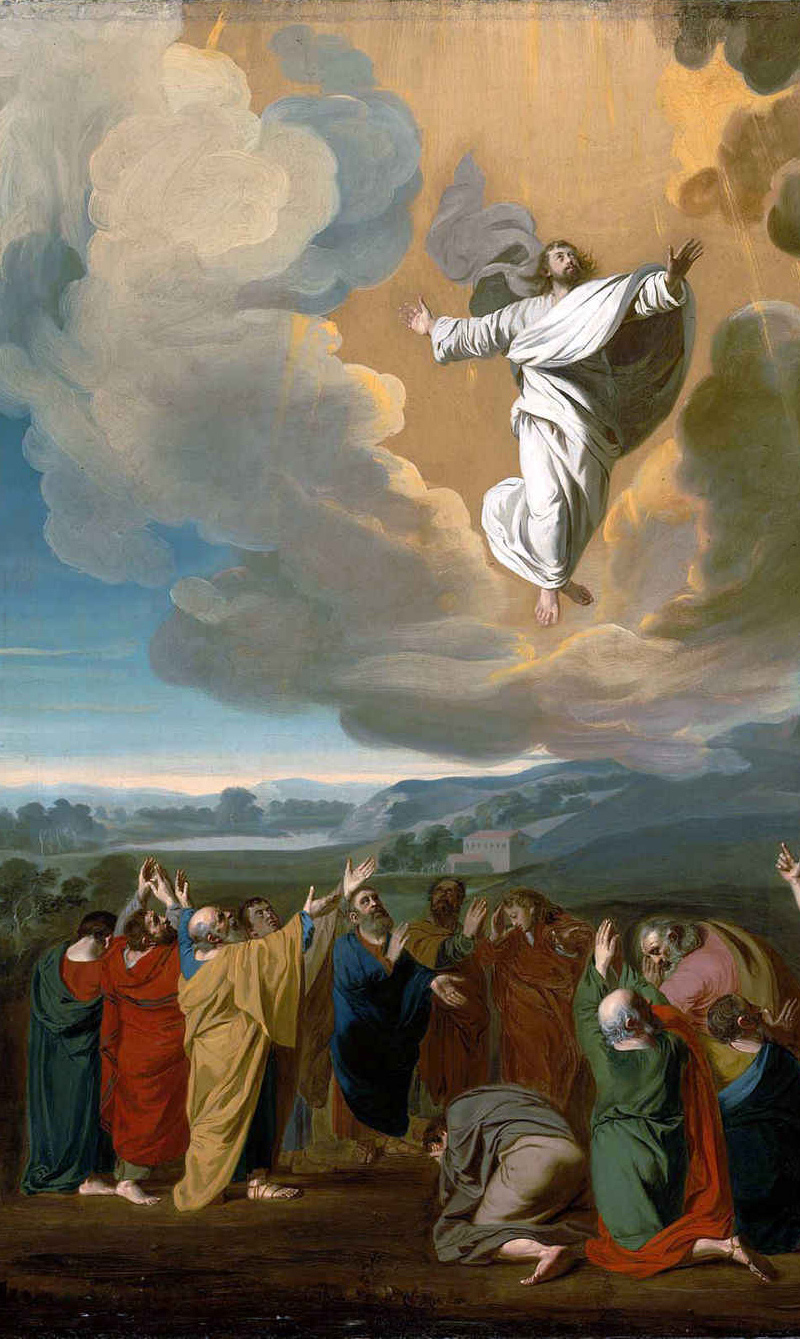Red, White and Dads

Flag Day and Father’s Day. Two great reasons to celebrate with family, food and fun!
Flag Day and Dads just sort of go together. Words like Honor, Respect, Leadership, Ideals, Faith and Love come to mind – something we all look up to and cherish. Today marks the recognition of Flag Day – commemorating the adoption of the flag of the United States on June 14, 1777 by resolution of the Second Continental Congress, and on Sunday we celebrate our amazing Dad’s on Father’s Day. At KHT, Father’s Day Is extra special, as we honor our founder and his love of solving customer’s PIA (pain in the @%$) Jobs! Below is some cool trivia I found about Flag Day and Father’s Day (thanks Wikipedia and history.com) Enjoy, and be sure to connect with Dad this weekend, or remember him in your prayers – and for each, give thanks, for we are truly blessed to have both in our lives.
Flag Day
- In 1916, President Woodrow Wilson issued a proclamation that officially established June 14 as Flag Day. Flag Day is not an official federal holiday. Title 36 of the United States Code, Subtitle I, Part A, CHAPTER 1, § 110[4] is the official statute on Flag Day, making it at the president’s discretion to officially proclaim the observance.
- On June 14, 1937, Pennsylvania became the first U.S. state to celebrate Flag Day as a state holiday, beginning in the town of Rennerdale.
- Perhaps the oldest continuing Flag Day parade is in Fairfield, Washington. Beginning in 1909 or 1910, Fairfield has held a parade every year since. Appleton, Wisconsin, claims to be the oldest National Flag Day parade in the nation, held annually since 1950.
- The largest Flag Day parade is held annually in Troy, New York, which bases its parade on the Quincy parade and typically draws 50,000 spectators. In addition, the Three Oaks, Michigan, Flag Day Parade is held annually on the weekend of Flag Day and is a three-day event (they too claim to have the largest flag day parade in the nation as well as the oldest).
- In Washington, D.C., Flag Day is celebrated heavily through the 7th and 8th Wards of the city. It is said that Clyde Thompson is the “Godfather of Flag Day”. It is tradition in these wards to slow smoke various meats and vegetables. Click HERE for great smoker recipies.
Several people and/or organizations played instrumental roles in the establishment of a national Flag Day celebration. They are identified here in chronological order.
- 1861, Victor Morris of Hartford, Conn., is popularly given the credit of suggesting “Flag Day,” the occasion being in honor of the adoption of the American flag on June 14, 1777. The city of Hartford observed the day in 1861, carrying out a program of a patriotic order, praying for the success of the Federal arms and the preservation of the Union. The observance apparently did not become a tradition.
- 1885, Bernard J. Cigrand – working as a grade school teacher in Waubeka, Wisconsin, in 1895, Cigrand held the first recognized formal observance of Flag Day at the Stony Hill School. From the late 1880s on, Cigrand spoke around the country promoting patriotism, respect for the flag, and the need for the annual observance of a flag day on June 14, the day in 1777 that the Continental Congress adopted the Stars and Stripes. In June 1888, Cigrand advocated establishing the holiday in a speech before the “Sons of America,” a Chicago group and founded a magazine, American Standard, in order to promote reverence for American emblems. Cigrand became president of the American Flag Day Association and later of the National Flag Day Society, which allowed him to promote his cause with organizational backing, and once noted he had given 2,188 speeches on patriotism and the flag.
- 1888, William T. Kerr – a native of Pittsburgh and later a resident of Yeadon, Pennsylvania, founded the American Flag Day Association of Western Pennsylvania in 1888, and became the national chairman of the American Flag Day Association one year later, serving as such for fifty years. He attended President Harry S. Truman’s 1949 signing of the Act of Congress that formally established the observance.
- 1893, Elizabeth Duane Gillespie – In 1893, Gillespie, a descendant of Benjamin Franklin and the president of the Colonial Dames of Pennsylvania, attempted to have a resolution passed requiring the American flag to be displayed on all Philadelphia’s public buildings. In 1937, Pennsylvania became the first state to make Flag Day a legal holiday.
- 1907, BPOE – the American fraternal order and social club the Benevolent and Protective Order of Elks has celebrated the holiday since the early days of the organization and allegiance to the flag is a requirement of every member. In 1907, the BPOE Grand Lodge designated by resolution June 14 as Flag Day. The Elks prompted President Woodrow Wilson to recognize the Order’s observance of Flag Day for its patriotic expression.
- 1942, President Franklin D. Roosevelt – launched an international “United Flag Day” or “United Nations Day”, celebrating solidarity among the World War II Allies, six months after the Declaration by United Nations. It was observed in New York City as the “New York at War” parade, and throughout the United States and internationally from 1942-1944.
- The Betsy Ross House, Philadelphia – The week of June 14 (June 10–16, 2018; June 09–15, 2019; June 14–20, 2020) is designated as “National Flag Week.” During National Flag Week, the president will issue a proclamation urging U.S. citizens to fly the American flag for the duration of that week. The flag should also be displayed on all government buildings. Some organizations, such as the town of Dedham, Massachusetts, hold parades and events in celebration of America’s national flag and everything it represents.
- The National Flag Day Foundation holds an annual observance for Flag Day on the second Sunday in June (June 10, 2018; June 09, 2019; June 14, 2020). The program includes a ceremonial raising of the national flag, the recitation of the Pledge of Allegiance, the singing of the national anthem, a parade and other events.
- The Star-Spangled Banner Flag House in Baltimore, Maryland birthplace of the flag that a year later inspired Francis Scott Key (1779–1843), to pen his famous poem, has celebrated Flag Day since the inception of a museum in the home of flag-banner-pennant maker Mary Pickersgill on the historic property in 1927.
- On June 14, 2017, President Donald Trump, who was coincidentally born on Flag Day 1946, proclaimed Flag Day and Flag Week.
Father’s Day
- The “Mother’s Day” we celebrate today has its origins in the peace-and-reconciliation campaigns of the post-Civil War era. During the 1860s, at the urging of activist Ann Reeves Jarvis, one divided West Virginia town celebrated “Mother’s Work Days” that brought together the mothers of Confederate and Union soldiers.
- However, Mother’s Day did not become a commercial holiday until 1908, when–inspired by Jarvis’s daughter, Anna Jarvis, who wanted to honor her own mother by making Mother’s Day a national holiday–the John Wanamaker department store in Philadelphia sponsored a service dedicated to mothers in its auditorium.
- Thanks in large part to this association with retailers, who saw great potential for profit in the holiday, Mother’s Day caught on right away. In 1909, 45 states observed the day, and in 1914, President Woodrow Wilson approved a resolution that made the second Sunday in May a holiday in honor of “that tender, gentle army, the mothers of America.”
- The campaign to celebrate the nation’s fathers did not meet with the same enthusiasm–perhaps because, as one florist explained, “fathers haven’t the same sentimental appeal that mothers have.”
- The present celebration of the Father’s Day goes back to the time of Middle Ages when the celebration of fatherhood was done with a customary day in the Catholic Europe that was observed on 19th March. The day was celebrated as the feast day of Saint Joseph who is known as the fatherly Nutritor Domini or the “Nourisher of the Lord” in the Catholic Community and is “the putative father of Jesus” in the southern European tradition. The festival was later brought to Americans by the Spanish and Portuguese whereas in Latin American countries, the occasion is still celebrated on 19th March.
- On July 5, 1908, a West Virginia church sponsored the nation’s first event explicitly in honor of fathers, a Sunday sermon in memory of the 362 men who had died in the previous December’s explosions at the Fairmont Coal Company mines in Monongah, but it was a one-time commemoration and not an annual holiday.
- The next year, a Spokane, Washington, woman named Sonora Smart Dodd, one of six children raised by a widower, tried to establish an official equivalent to Mother’s Day for male parents. She went to local churches, the YMCA, shopkeepers and government officials to drum up support for her idea, and she was successful: Washington State celebrated the nation’s first statewide Father’s Day on June 19, 1910.
- Slowly, the holiday spread. In 1916, President Wilson honored the day by using telegraph signals to unfurl a flag in Spokane when he pressed a button in Washington, D.C. In 1924, President Calvin Coolidge urged state governments to observe Father’s Day.
- During the 1920s and 1930s, a movement arose to scrap Mother’s Day and Father’s Day altogether in favor of a single holiday, Parents’ Day. Every year on Mother’s Day, pro-Parents’ Day groups rallied in New York City’s Central Park–a public reminder, said Parents’ Day activist and radio performer Robert Spere, “that both parents should be loved and respected together.”
- Paradoxically, however, the Great Depression derailed this effort to combine and de-commercialize the holidays. Struggling retailers and advertisers redoubled their efforts to make Father’s Day a “second Christmas” for men, promoting goods such as neckties, hats, socks, pipes and tobacco, golf clubs and other sporting goods, and greeting cards.
- When World War II began, advertisers began to argue that celebrating Father’s Day was a way to honor American troops and support the war effort. By the end of the war, Father’s Day may not have been a federal holiday, but it was a national institution.
- In 1972, in the middle of a hard-fought presidential re-election campaign, Richard Nixon signed a proclamation making Father’s Day a federal holiday at last.
- Today, economists estimate that Americans spend more than $1 billion each year on Father’s Day gifts.
- The Father’s Day is celebrated across the world with the objective of realizing and honoring the contribution of fathers in the society. It is a day which celebrates the fatherhood, paternal bonds and the efforts of male parents towards their family and society. The day is meant to recall, recognize and remember the endless efforts, initiatives and contributions of all the fathers around us. Father’s Day is an occasion to honor all the fatherly figures like stepfathers, grandfathers, uncles or even big brothers.
Thanks Dads!
.
.


